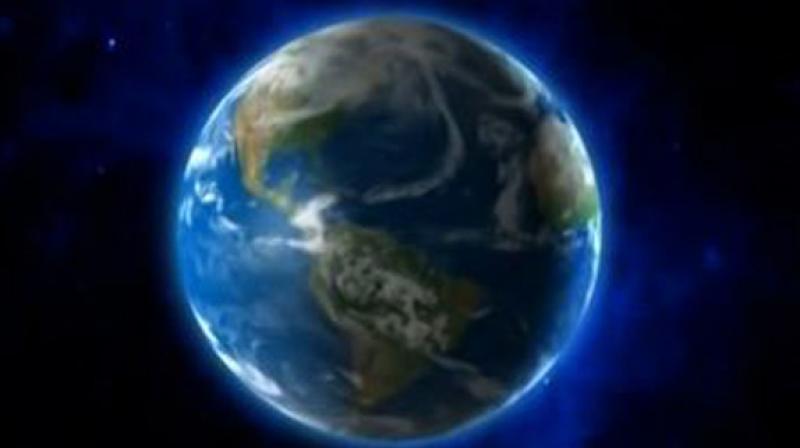Oh no! Superflare may destroy Earth one day

Earth could continue to host life as long as the sun does not experience a massive burst of energy called a superflare, a recent study claims.
Astronomers probing the edges of the Milky Way have in recent years observed some of the most brilliant pyrotechnic displays (a firework display) in the galaxy called superflares, says the study, published in the journal of 'The Astrophysical.'
These events occur when stars, for reasons that scientists still don't understand, eject huge bursts of energy that can be seen from hundreds of light years away. Until recently, researchers assumed that such explosions occurred mostly on stars that, unlike Earth's, were young and active.
Now, new research shows with more confidence than ever before that superflares can occur on older, quieter stars like our own may be more rarely, or about once every few thousand years.
"The results should be a wake-up call for life on our planet," said Yuta Notsu, the lead author of the study.
If a superflare erupted from the sun, Earth would likely sit in the path of a wave of high-energy radiation. Such a blast could disrupt electronics across the globe, causing widespread blackouts and shorting out communication satellites in orbit.
"Our study shows that superflares are rare events. But there is some possibility that we could experience such an event in the next 100 years or so," added Notsu.
"When our sun was young, it was very active because it rotated very fast and probably generated more powerful flares. But we didn't know if such large flares occur on the modern sun with very low frequency," he added.
To find out, Notsu and an international team of researchers turned to many data. Over a series of studies, the group used those instruments to narrow down a list of superflares that had come from 43 stars that resembled our sun. The researchers then subjected those rare events to a rigorous statistical analysis.
It all concluded age matters. Based on the team's calculations, younger stars tend to produce the most superflares. But older stars like our sun, now a respectable 4.6 billion years old, aren't off the hook.

